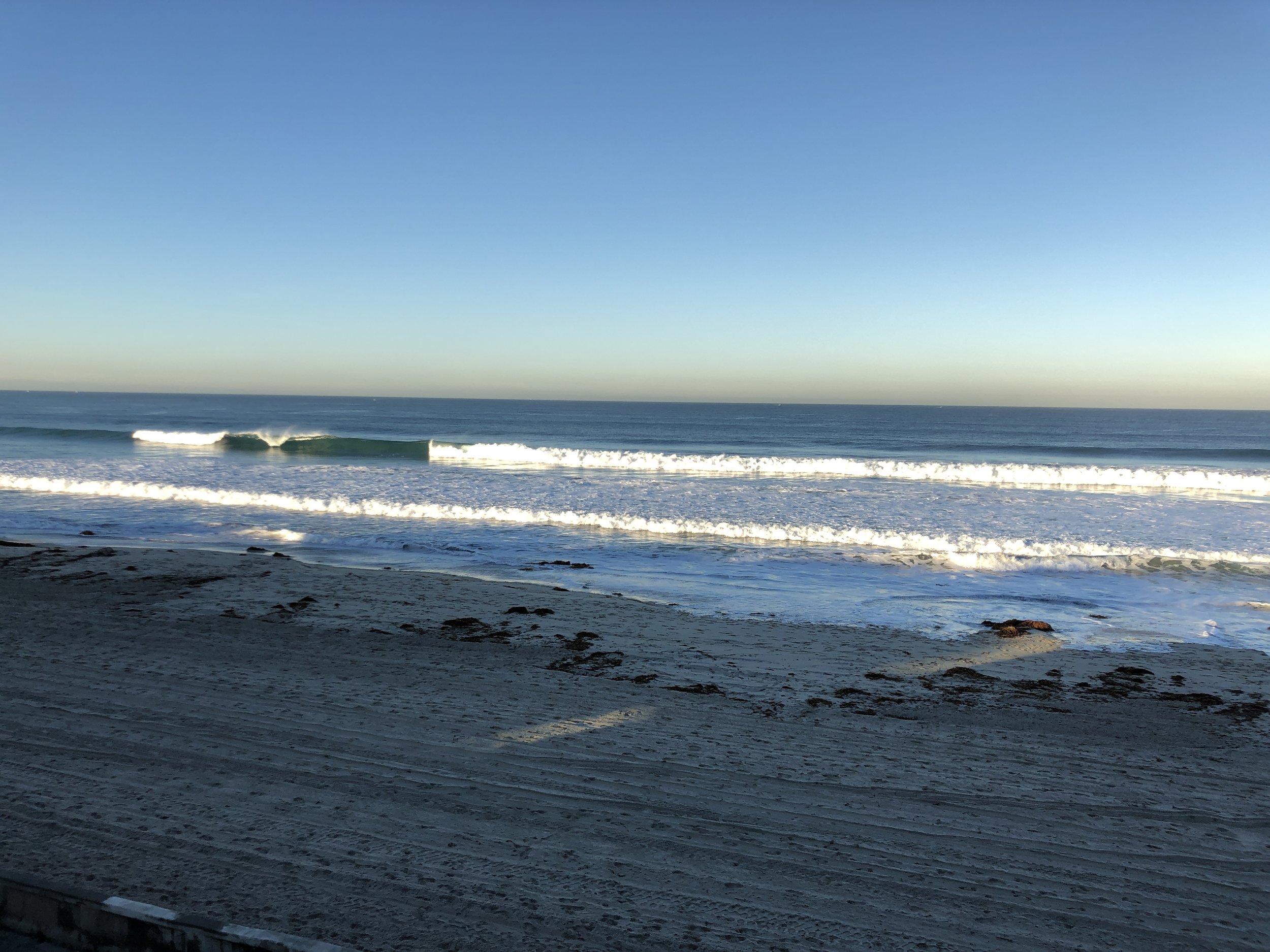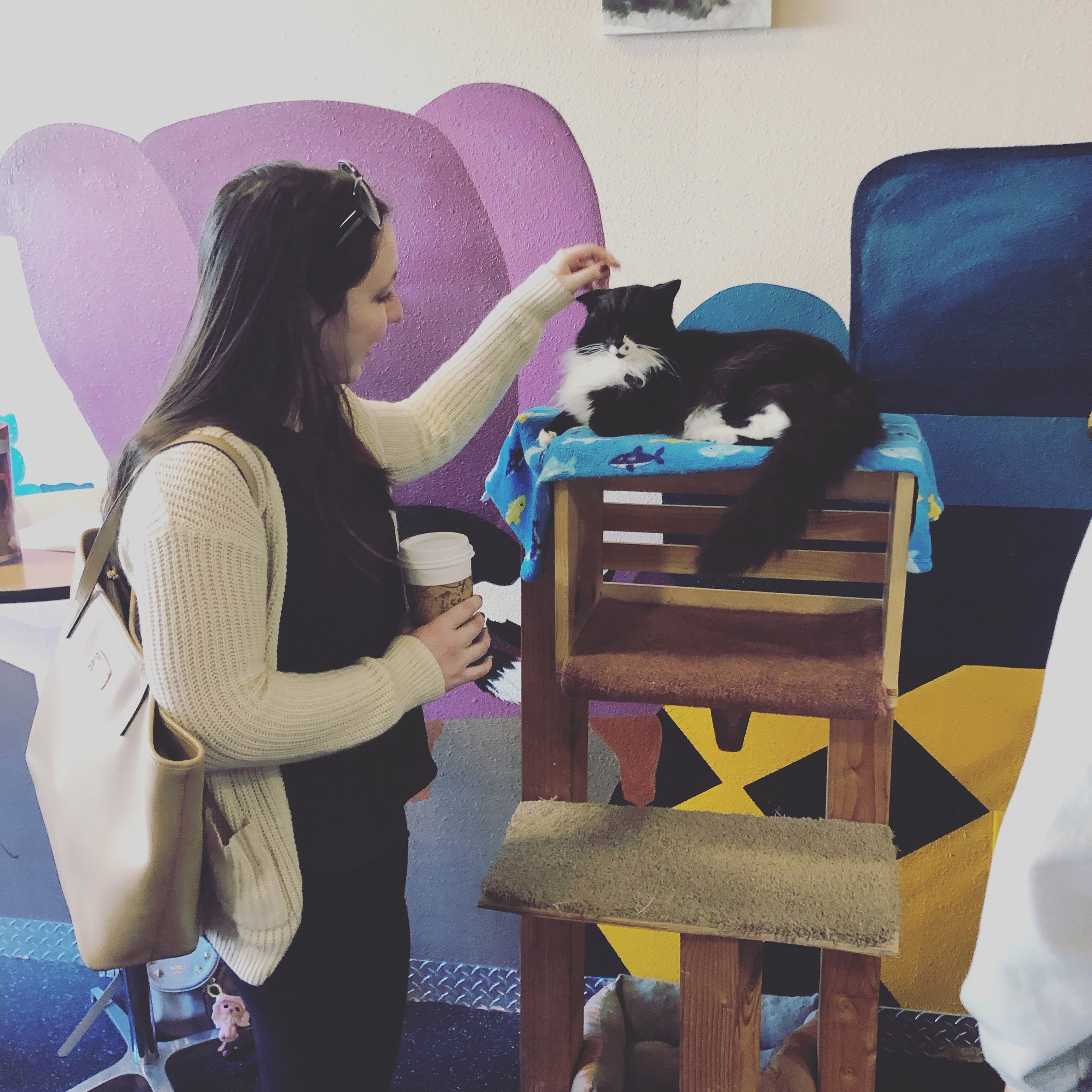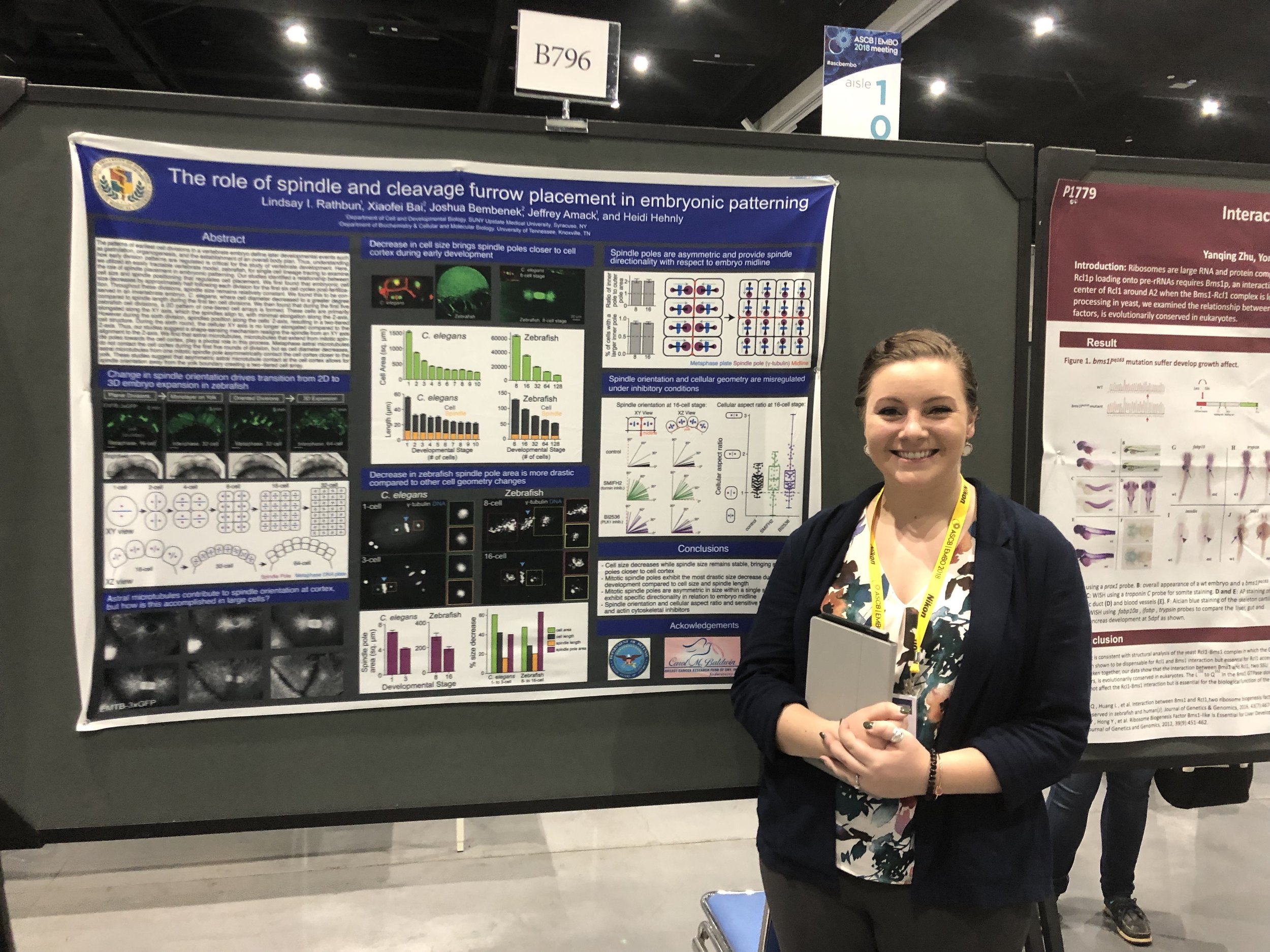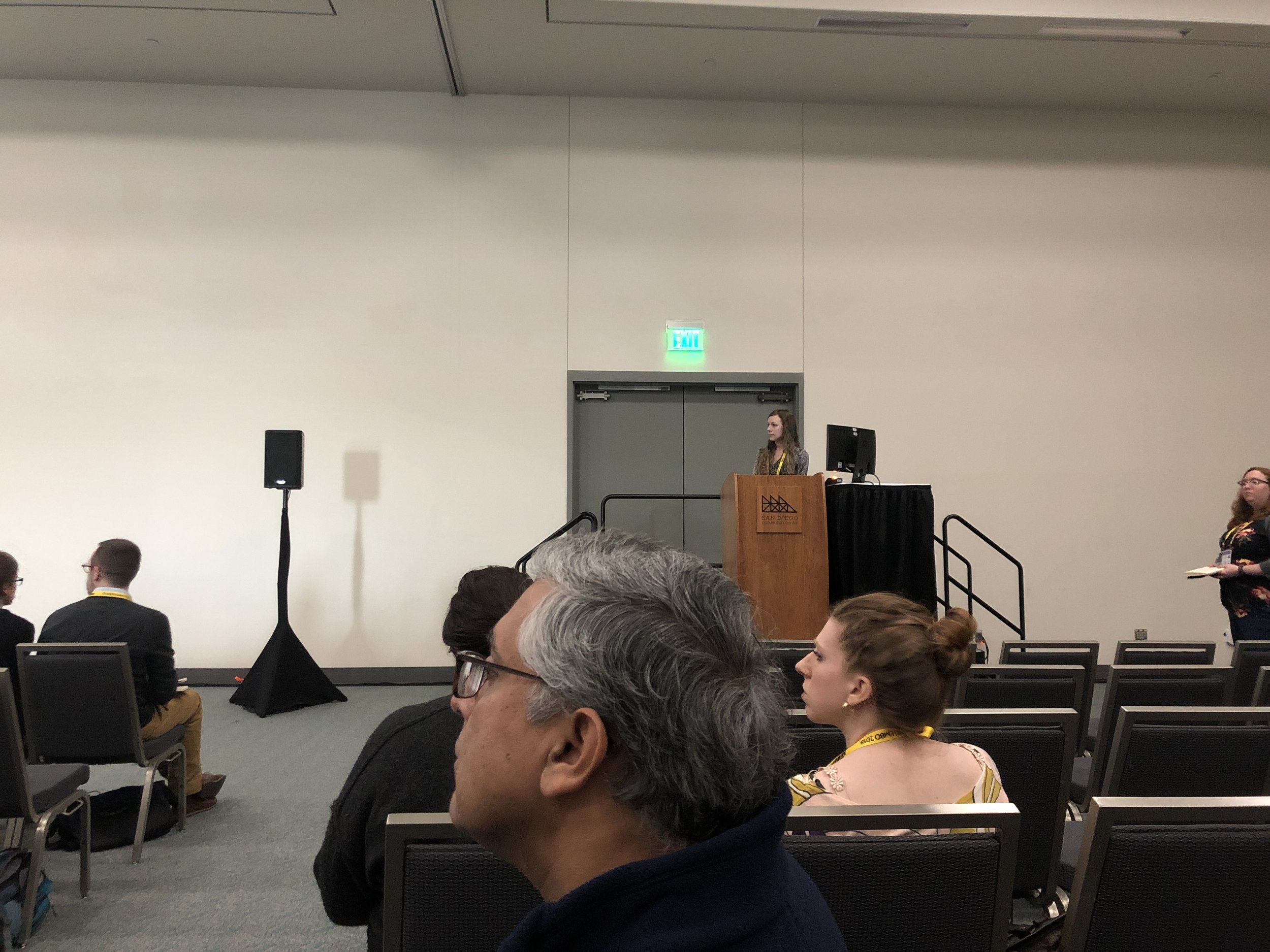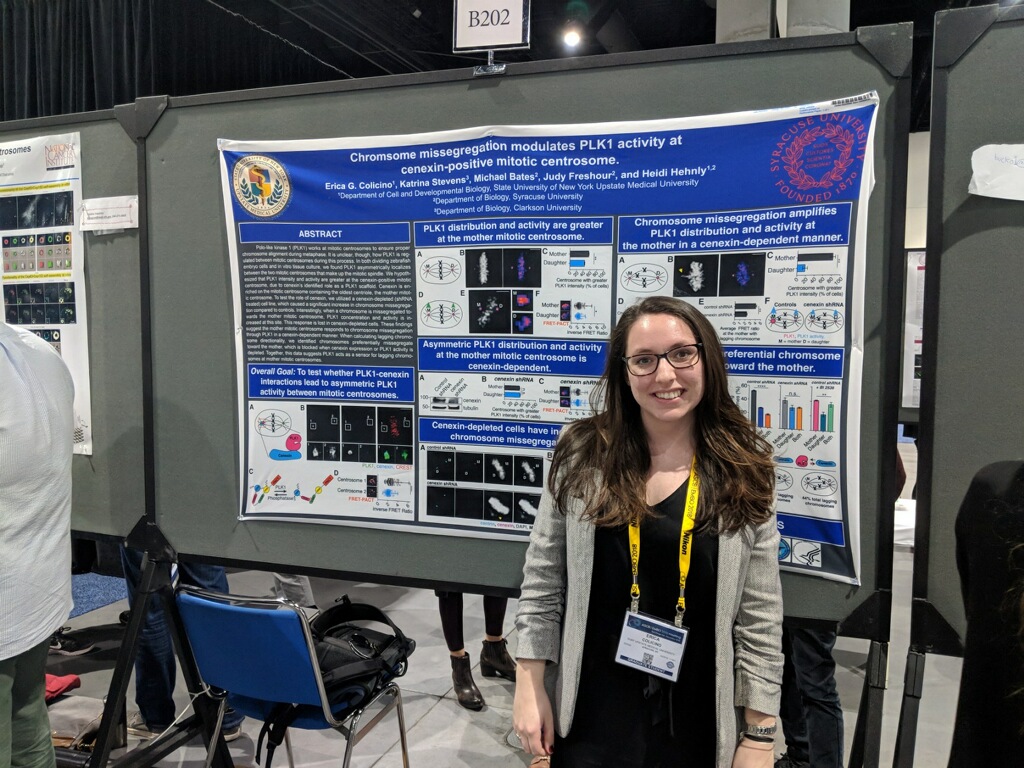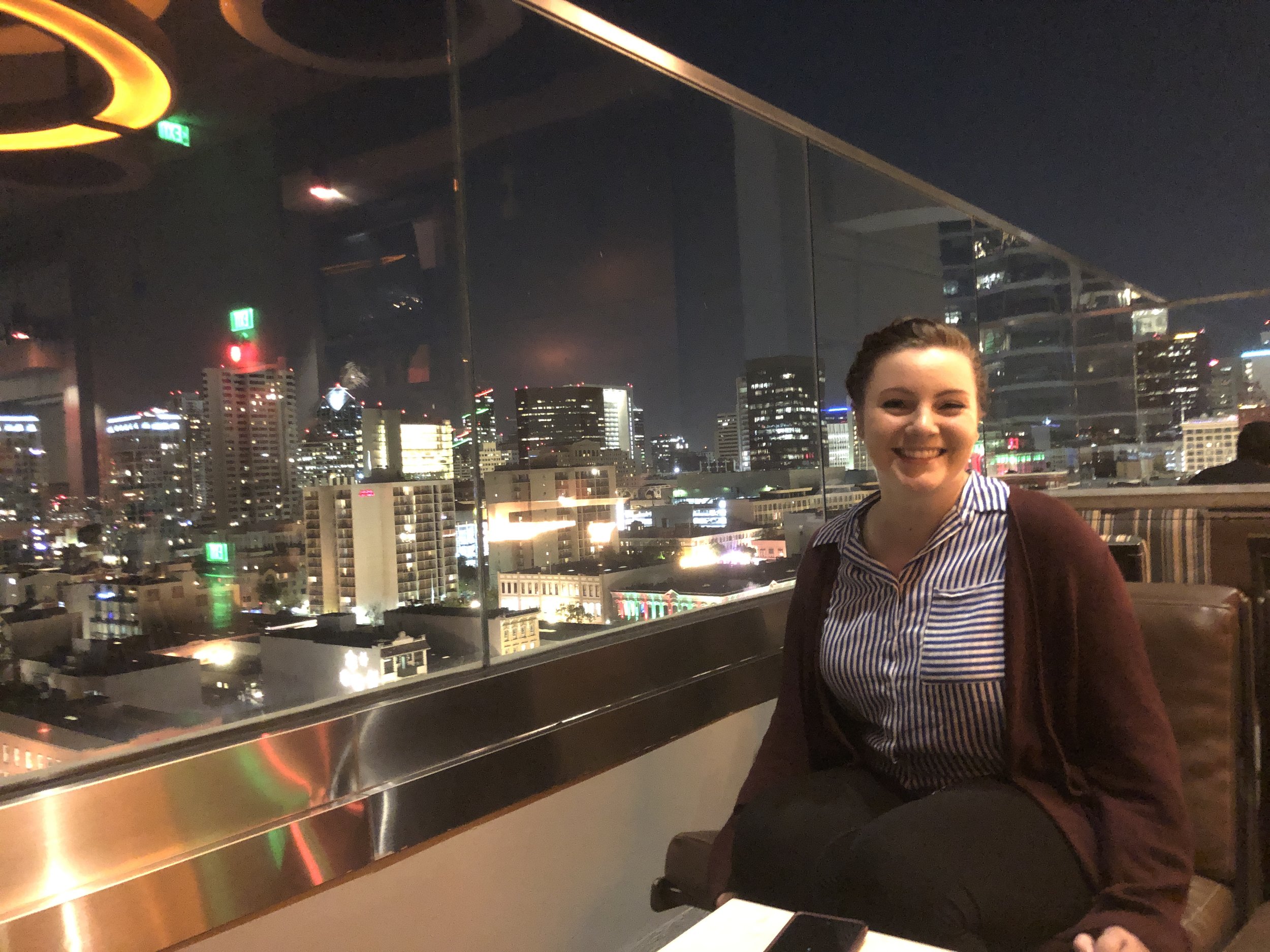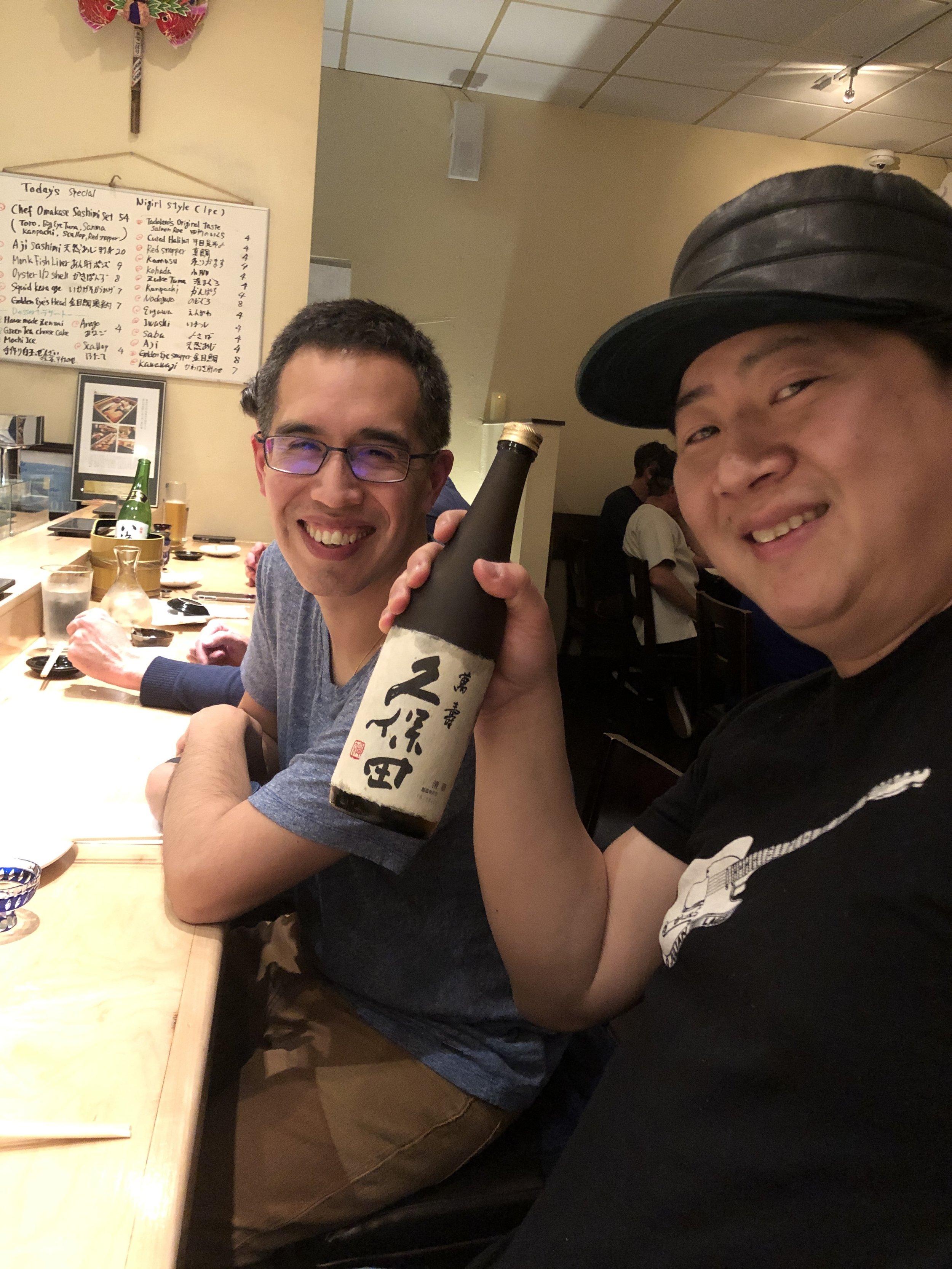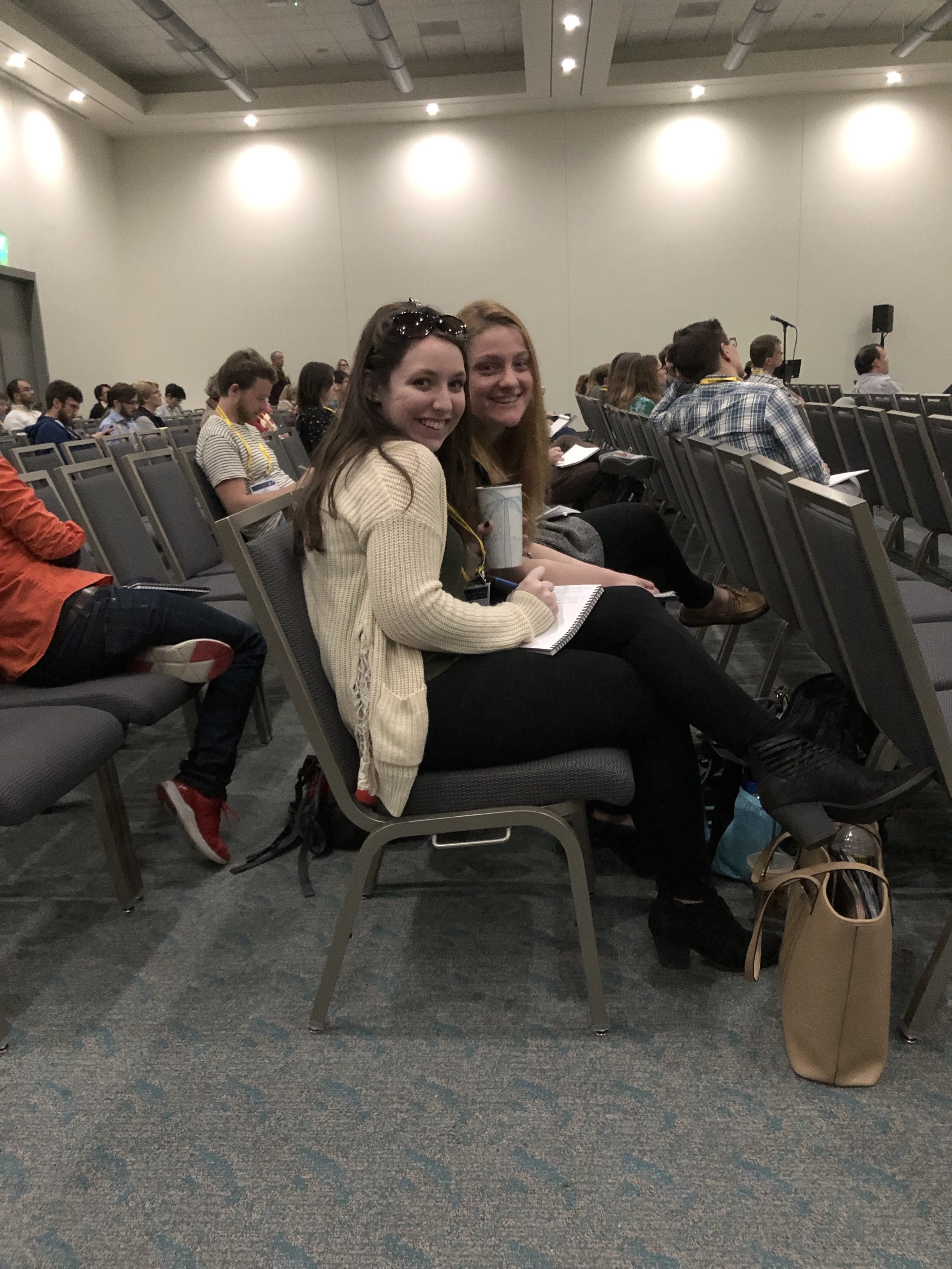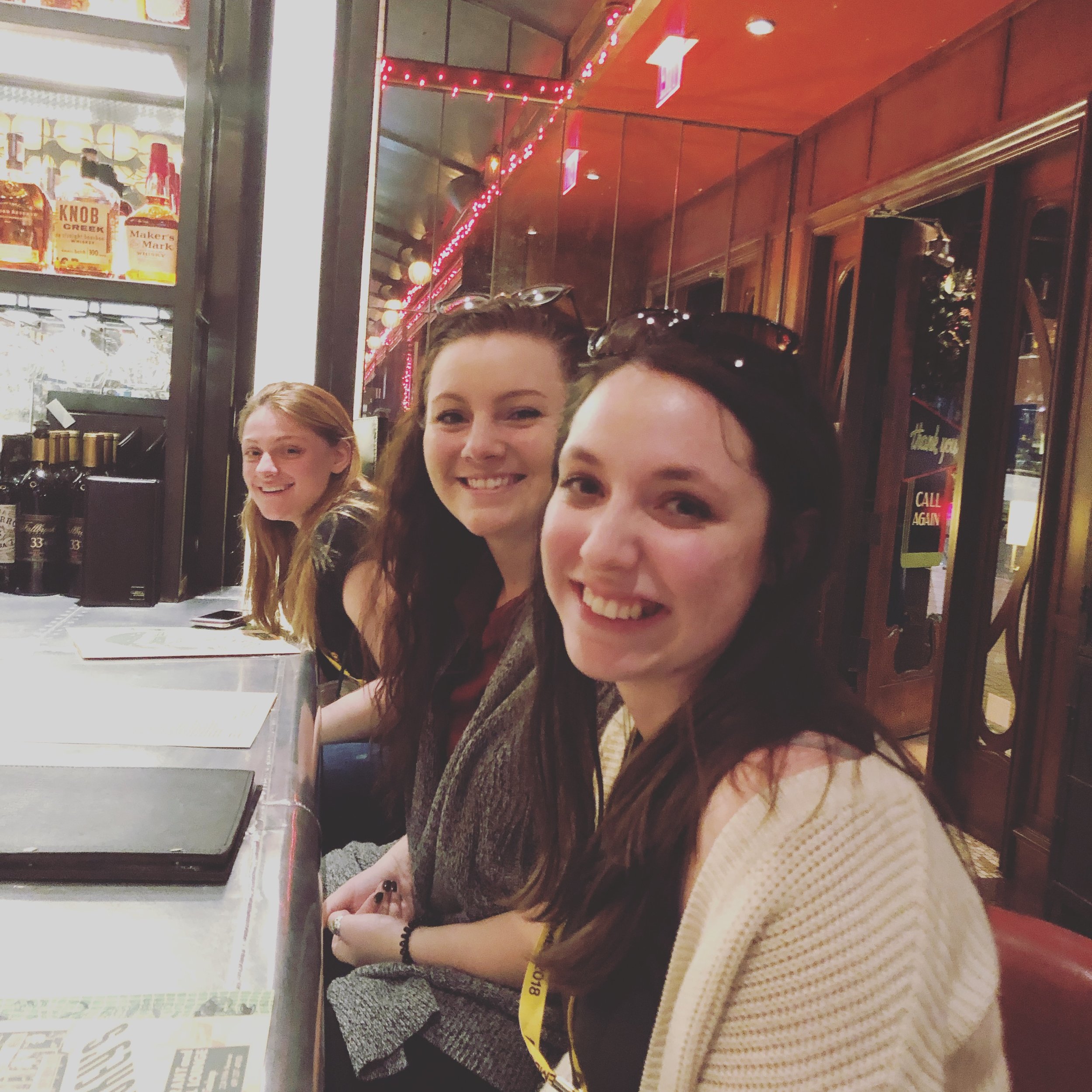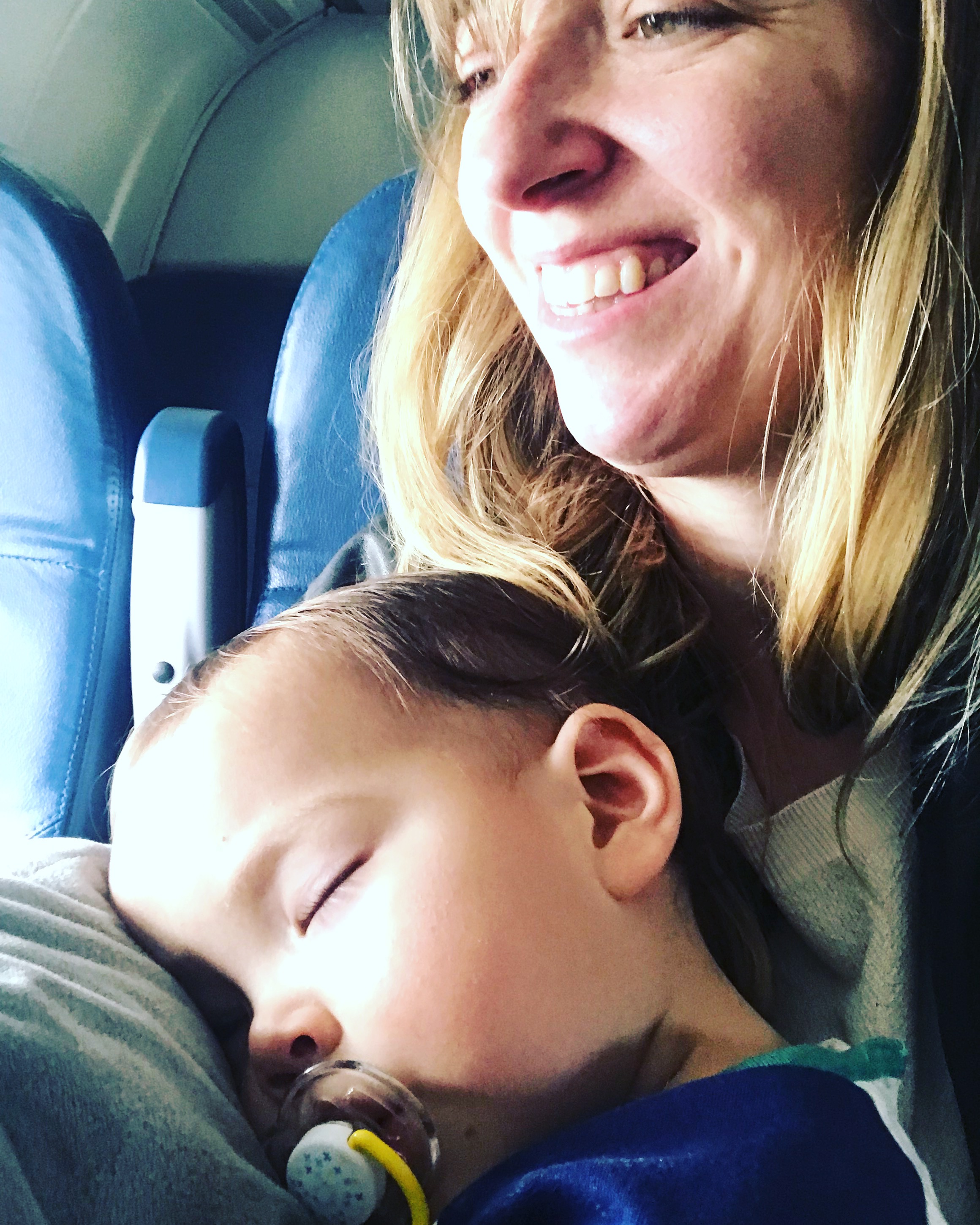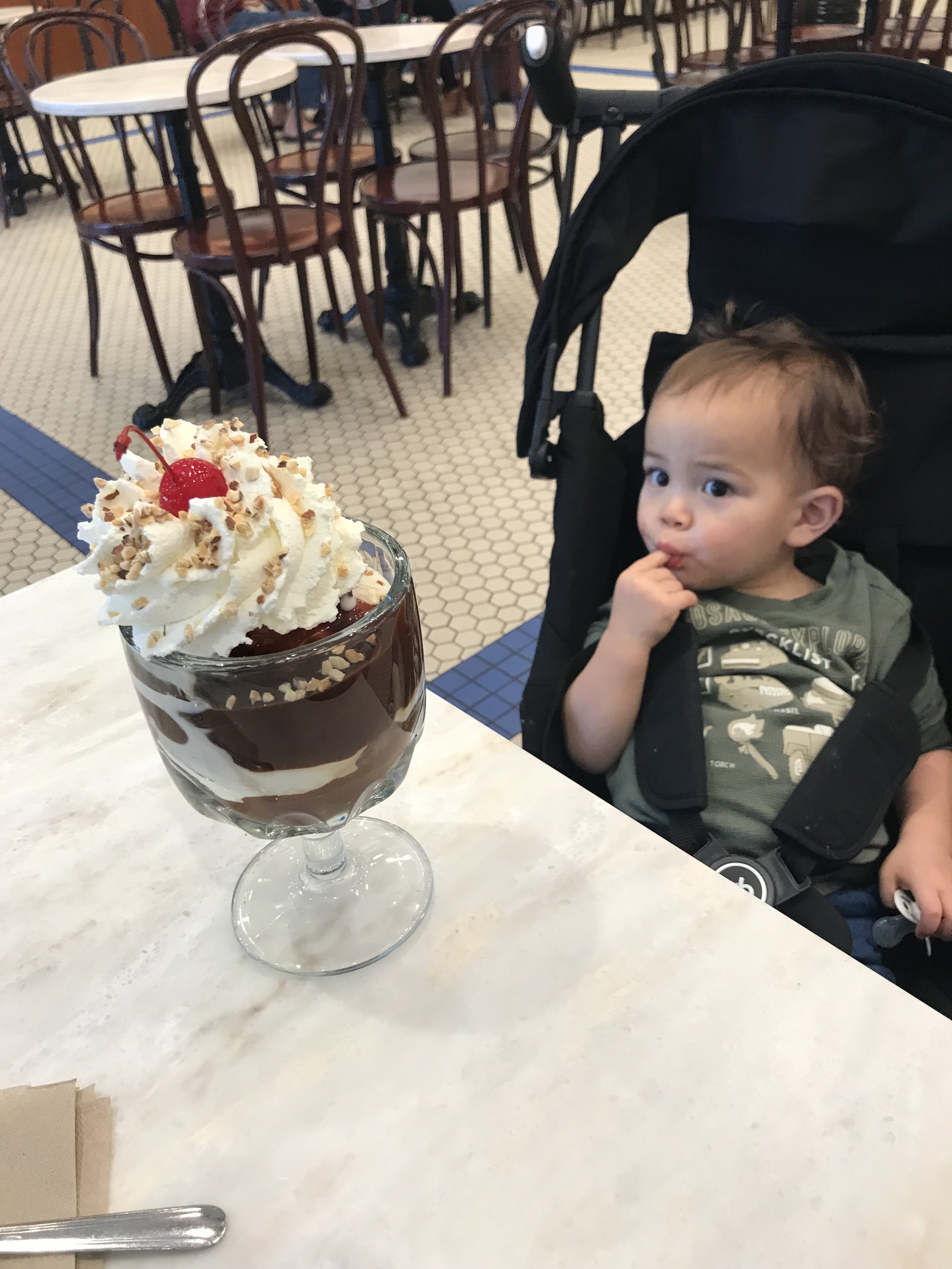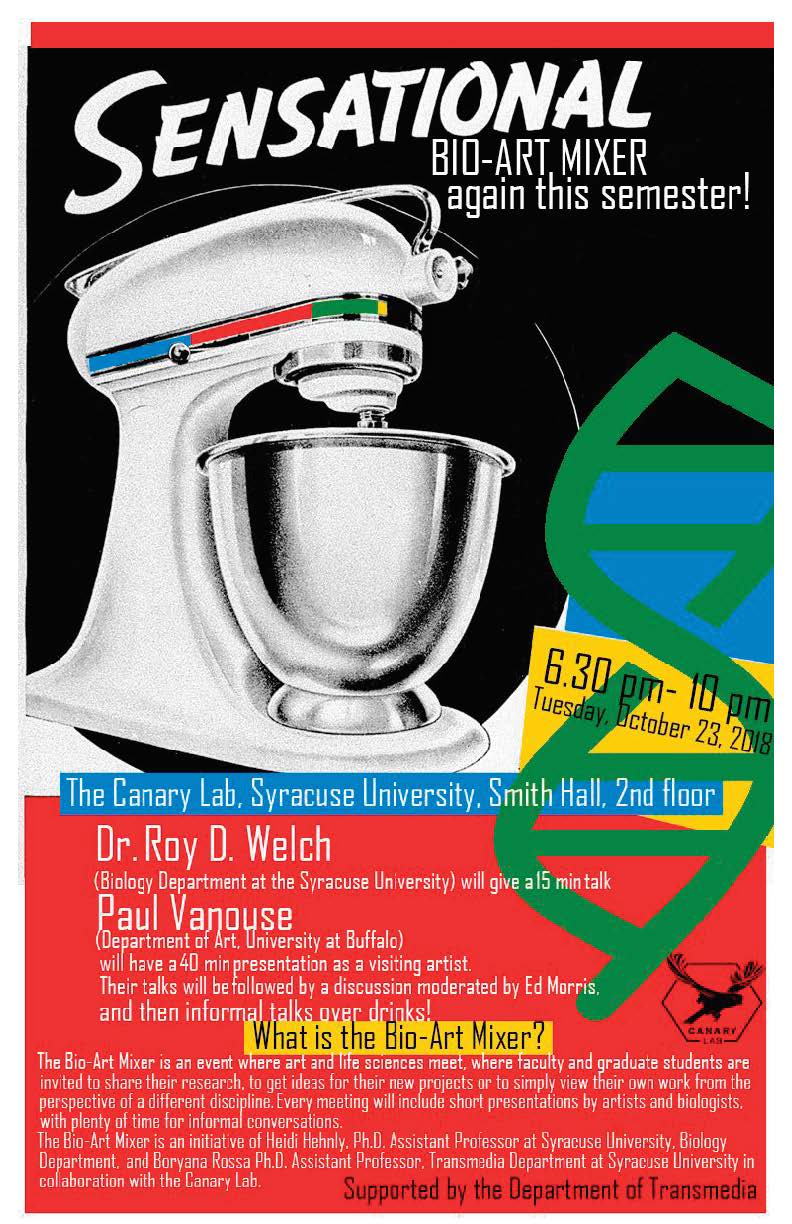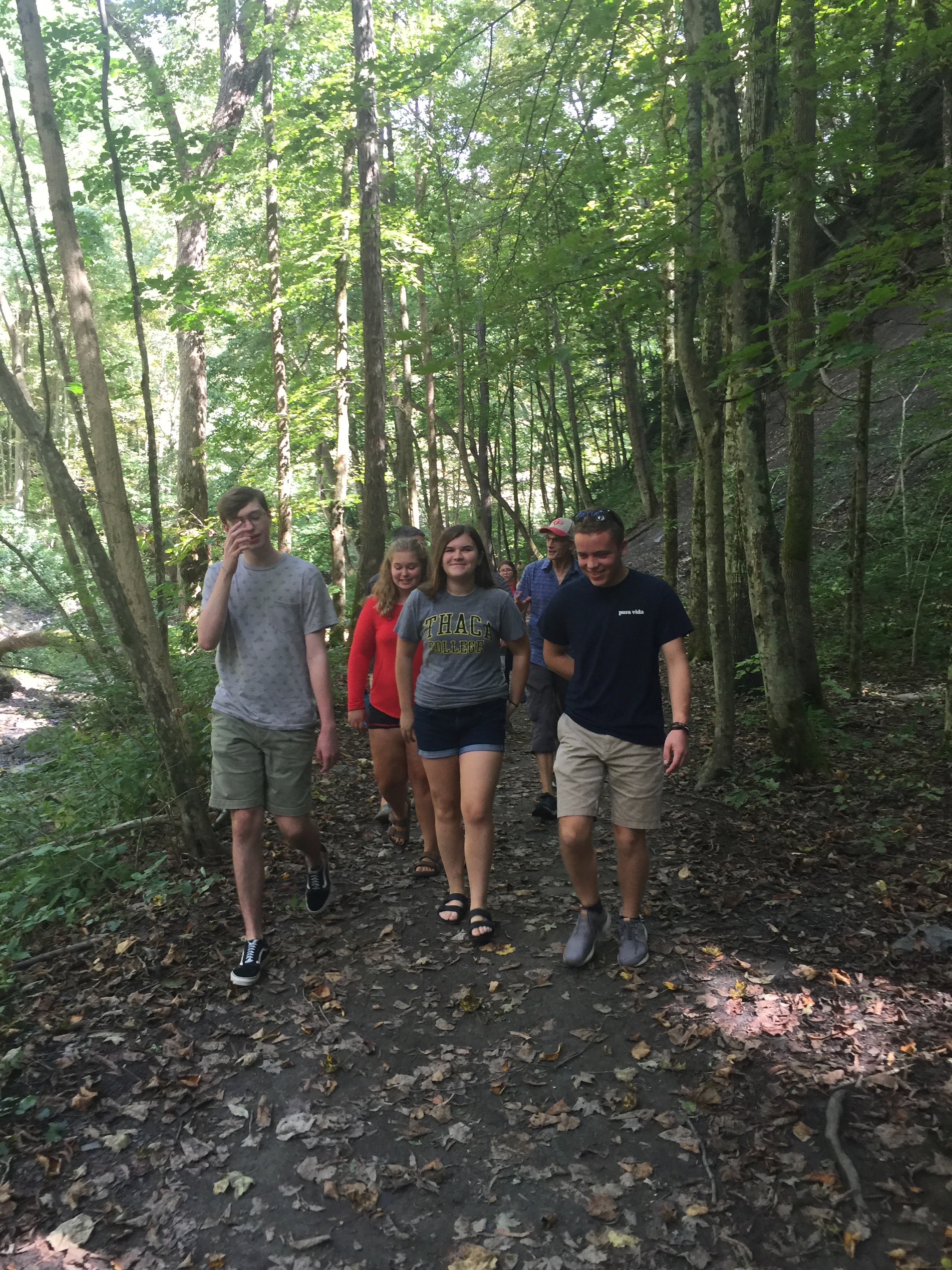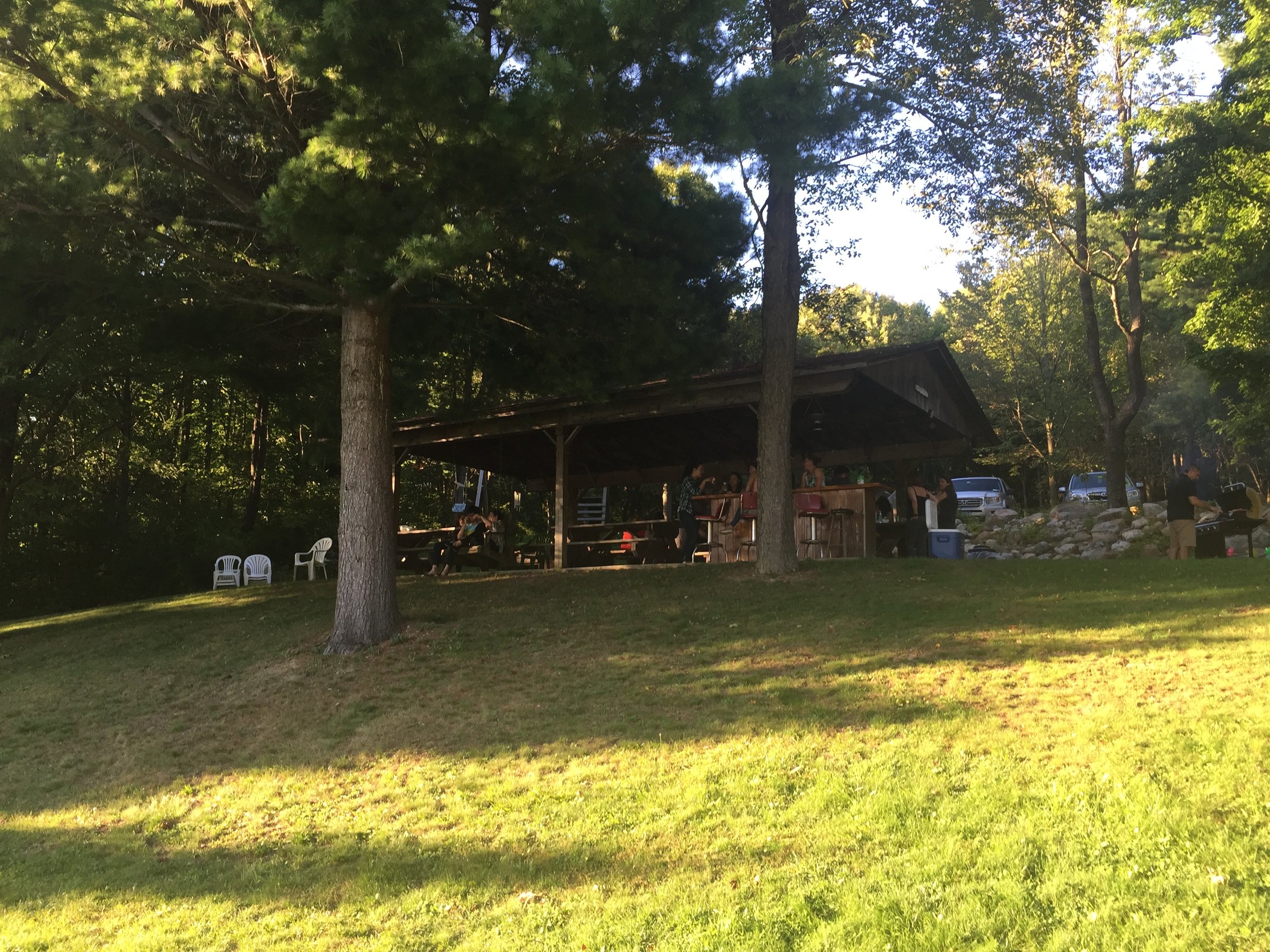Erica Colicino, Lindsay Rathbun, and myself all presented posters this year on spindle orientation in zebrafish morphogenesis, the role of abscission in lumen formation in vivo, and chromosomes asymmetrically segregating. Also, our collaborators Carlos Castaneda and his student Julia Riley presented their work. We got lots of great feedback and got to enjoy a lot of sun. Highlights included seeing old friends from Iowa, Seattle, and Umass, and a cat cafe. Some photos below:
It's time for another Bio-art mixer! On October 23rd
Oct 23, Tuesday, 2018
6.30-10 pm
The Canary Lab, Smith Hall, 2nd floor, Syracuse University
https://www.facebook.com/events/175580630018821/
Please make sure to spread the word in your departments and advertise! It’s great fun for students, faculty, and friends!
6.30 pm - Talks
We have two speakers Dr. Roy D. Welch (Biology Department at the Syracuse University) and Paul Vanouse (Department of Art, University at Buffalo). Dr. Roy D. Welch will give a 15 min talk and Paul Vanouse will have a 40min presentation as a visiting artist.
8.30pm- Confab
Guests’ talks will be followed by a discussion moderated by Ed Morris and by informal talks over drinks at The Canary Lab!
Paul Vanouse (Professor of Art, Director of Coalesce Center for Biological Art, Co-Director of Emerging Practices MFA, University at Buffalo)
http://www.paulvanouse.com
Paul Vanouse is an artist working in Emerging Media forms. Radical interdisciplinarity and impassioned amateurism guide his practice.
Since the early 1990s his artwork has addressed complex issues raised by varied new techno-sciences using these very techno-sciences as a medium. His artworks have included data collection devices that examine the ramifications of polling and categorization, genetic experiments that undermine scientific constructions of race and identity, and temporary organizations that playfully critique institutionalization and corporatization. These "Operational Fictions" are hybrid entities--simultaneously real things and fanciful representations--intended to resonate in the equally hyper-real context of the contemporary electronic landscape.
Roy D. Welch (Professor, Department of Biology, Syracuse University)
http://thecollege.syr.edu/people/faculty/pages/bio/Welch-Roy.html
Dr. Roy Welch studies the genetics of self-organizing behavior in the prokaryote Myxococcus xanthus through the application of molecular biology, modeling, and whole-genome analysis. Recently Dr. Welch’s lab has constructed over 100 microscopes by 3D printing to reveal how each gene in the Myxococcus xanthus genome impacts the structure and function of this communal organism to create multi-cellular structures. Dr. Welch's unique strategy in microscopic analysis of Myxococcus xanthus has been able to assign quantitative phenotype profiles to elucidate subtle functional changes linked to each gene.
What is the Bio-Art Mixer?
The Bio-Art Mixer is an event where art and life sciences meet, where faculty and graduate students are invited to share their research, to get ideas for their new projects or to simply view their own work from the perspective of a different discipline. Every meeting will include short presentations by artists and biologists, with plenty of time for informal conversations. The mixer will take place twice a semester. Our ambition is to make the Bio-Art Mixer a foundation for future exhibitions, demonstrations and new collaborative projects involving art and the life sciences, and to inspire interdisciplinary research across the universities in the region and to engage local communities.
The Bio-Art Mixer is an initiative of Heidi Hehnly, Ph.D. Assistant Professor at Syracuse University, Biology Department, and Boryana Rossa Ph.D. Assistant Professor, Transmedia Department at Syracuse University in collaboration with the Canary Lab.
"The balance between adhesion and contraction during cell division"
Check out the beautiful review titled “The balance between adhesion and contraction during cell division” from Dylan Burnette’s lab, specifically Nilay Taneja, that my graduate student, Lindsay Rathbun, and I were lucky to contribute to. Featured below is a stunning Figure Nilay put together. It’s fantastic and shows the power of Structured Illumination Microscopy.
Figure 1. (a) Structured illumination microscopy micrograph of HeLa cell at metaphase, stained for α-tubulin (yellow), actin filaments (magenta) and myosin IIA (cyan). The mitotic spindle comprises spindle microtubules, that facilitate chromosome segregation and dictate furrow positioning, and astral microtubules that play a pivotal role in spindle positioning by interacting with the actin cortex. Myosin II is uniformly distributed at the cortex during metaphase. (b) Upon anaphase onset, myosin II is enriched at the equator to ingress the cleavage furrow. Note the extensive contacts between the mitotic spindle and the contractile cortex, suggesting cross-talk between these two cytoskeletal networks. Note that the actin bundles protruding from the cells are not retraction fibers, as they are not attached to the substrate. Scale bar: 10 μm.
Mitosis Microsymposium at Naples Central School, Naples NY
Yesterday the Bergstralh and Hehnly lab hosted their 2nd Mitosis Microsymposium, but this time we did it in Naples NY. The Naples Biology Class participated, presented, and asked great questions during the event. I’ve attached some photos below, but special thanks to Jon Betrus for hosting and participating, and providing the most beautiful locale for dinner afterwards. SPECIAL thanks to the students of Biology at NCS for participating. Again, thanks to everyone that helped, particularly my husband Mike Chang, my mom Sharon Hehnly, and Allyn Pridmore.
Here’s several photos of everyone either at the Naples Central School, on a hike at Grime’s glen, or at dinner at Jon Betrus’s cabin.
